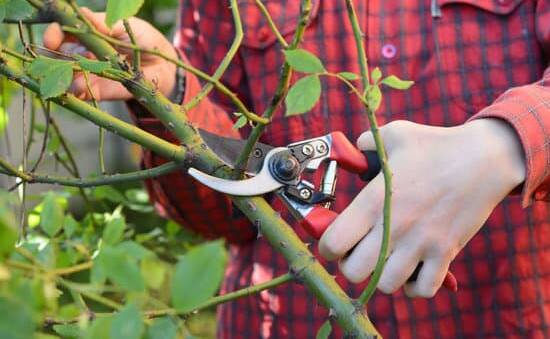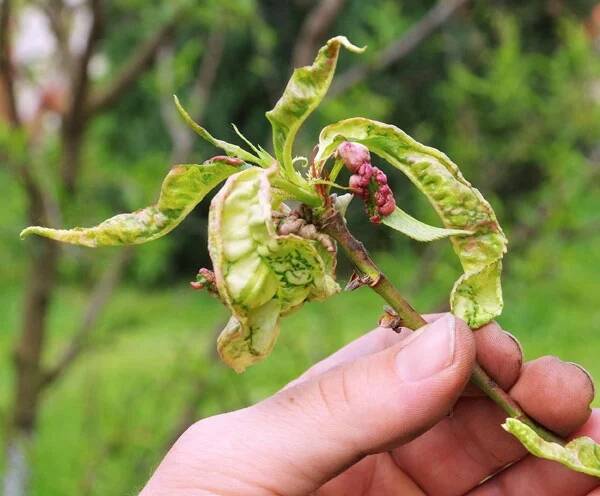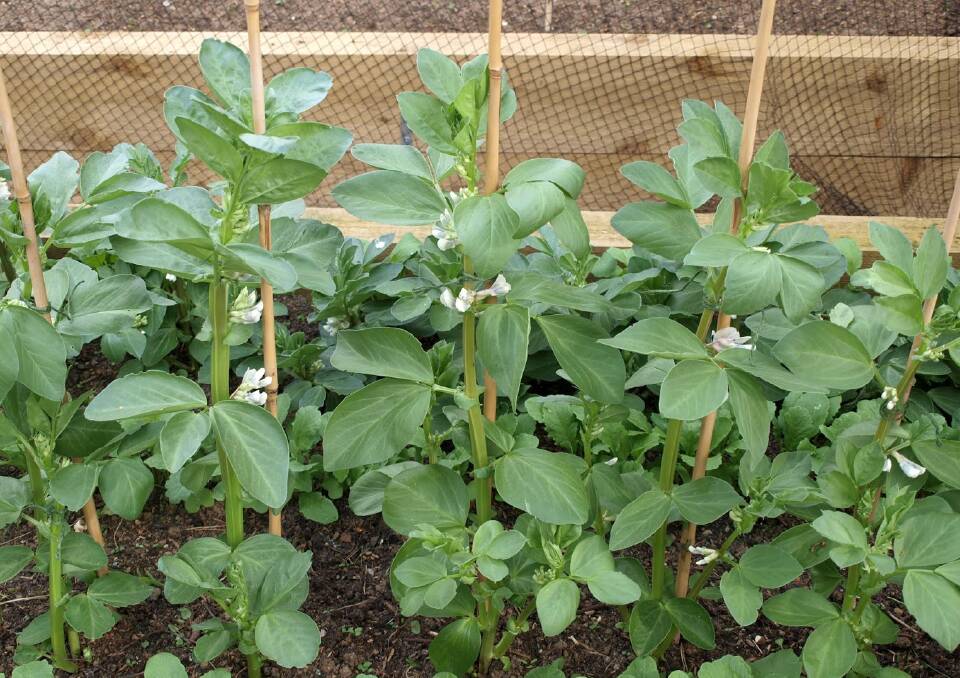
The most recognised time to prune roses is mid to late winter, depending on weather conditions and location.
Subscribe now for unlimited access.
$0/
(min cost $0)
or signup to continue reading
By pruning at this time the tender, new shoots should avoid being hit by late frosts.
Hybrid Tea or Bush Roses
There are many books and Internet sites to show you how to prune your roses, but often the best way is to keep it simple.
Firstly have a look at your rose bush and prune out any dead wood or diseased shoots that you can see. Then clean and disinfect your secateurs, trying to avoid transferring any diseases. Wiping the blades with a solution of bleach will disinfect them.
OTHER NEWS
Next, cut off the older, greyish stems close to the butt and also remove any shoots that are thin and weak. Leave any purple and green newer shoots and remove any suckers that have appeared from below the graft area of the plant.
Thin out the remainder of the branches, leaving three or four healthy shoots, and shorten them to 50-70 cm, depending on the size of the plant, and its growth habits. It is better not to cut too short and prune again later, maybe in early summer, rather than being too severe the first time.
In European and Asian countries, the roses are pruned almost to the ground, because of the very severe winters, but they are also mulched heavily to minimize damage from the extremes of cold. The main idea of pruning is to keep the centre of the bush open, allowing air to circulate, with the branches spreading out from the centre.
Carpet Roses
These roses should have an all-over prune to approximately 30cm in height and width, also removing any dead and weak growth.
Climbing Roses
This type of rose bush is pruned at a different time from other roses. They should have a major prune after they have finished their spring flowering. If they are pruned hard during winter, the spring flowers will be removed.
A light trim back to old, spent flower heads, 20-30 cm from the main limbs is recommended. Avoid shortening any of the new growth, as these branches should be trained to form the basis of the plant's shape, replacing older and less productive branches. In winter these plants only need a light trim.
If hybrid tea roses are pruned lightly through summer and autumn, particularly when cutting the flowers to enjoy inside, they will flower much better for you. Prune dead flower heads back to three to four buds from the flower. This will give you a new flush of flowers within six weeks.
Many rose growers like to spray their plants with lime sulphur after they have been pruned, and while they are leafless, in an effort to kill off any scale and other insects that sometimes live in and around the bark of the bushes.
Fortunately, whatever expertise you have with the pruning of roses, the bushes are very forgiving and will survive even the worst prune.

LEAF CURL
Stone fruit trees, such as peaches and apricots often display curled, discoloured and deformed leaves in spring.
The disease is known as Leaf Curl and it causes the leaves to finally turn brown, shrivel and drop from the tree.
Fruit may also be affected, dropping from the tree early, or turning a reddish-purple with warty growths on the outer surface.
Leaf Curl is a fungal disease that survives through the winter by lodging in crevices in the bark of a tree, as well as around the developing buds.
READ MORE
Although it appears in late spring, by then it is too late for any treatment measures to be effective. Treatment must be carried out during the winter months, using a fungicide spray applied at different times according to the variety of stone fruit.
Apricots should be sprayed just before the final leaves fall from the tree. A second spray should be applied when the newly developing buds start to show their link colouring.
It is preferable to spray peach trees in late winter as the buds begin to swell, with the protective scales starting to loosen.

BROAD BEANS
Broad beans will produce a good crop that can be picked and used towards the end of the cooler months. Pods will be ready for harvesting between 90 and 160 days after the seedlings have been planted out, depending on how cold the temperatures have been.
Plants produce a strong, erect stem between 0.5 and 1.7 metres in height. Stems have a square cross-section.
Leaves are a long, pinnate in form with between 2 and 7 leaflets and are glaucous grey-green in colour. Because of the thickness of the main stems, and the fact that theses plants grow during the months when we traditionally experience strong winds, support for the plants will prevent them being damaged or snapping off. String that has been stretched between posts will be suitable.
Once the plants have flowered and pods have begun to set, picking out the tops of the plants will prevent damage from blackfly.
As with most vegetables, regular harvesting will ensure an extended harvesting period.
Young, tender beans can be eaten whole, in the pod, while the leafy top shoots of the adult plants can be picked and steamed after flowering has occurred. Beans, removed from their pod,s can be blanched and frozen.
WHAT YOU CAN DO
- Select camellias while they are in flower to obtain the preferred colour and flowers form.
- Check citrus trees for gall wasp, appearing as woody swellings, and cut them from the branch before the young wasps emerge or shave the area with a vegetable peeler to expose the developing wasps.
- Fertilise leafy winter vegetables each fortnight to maintain healthy growth.

